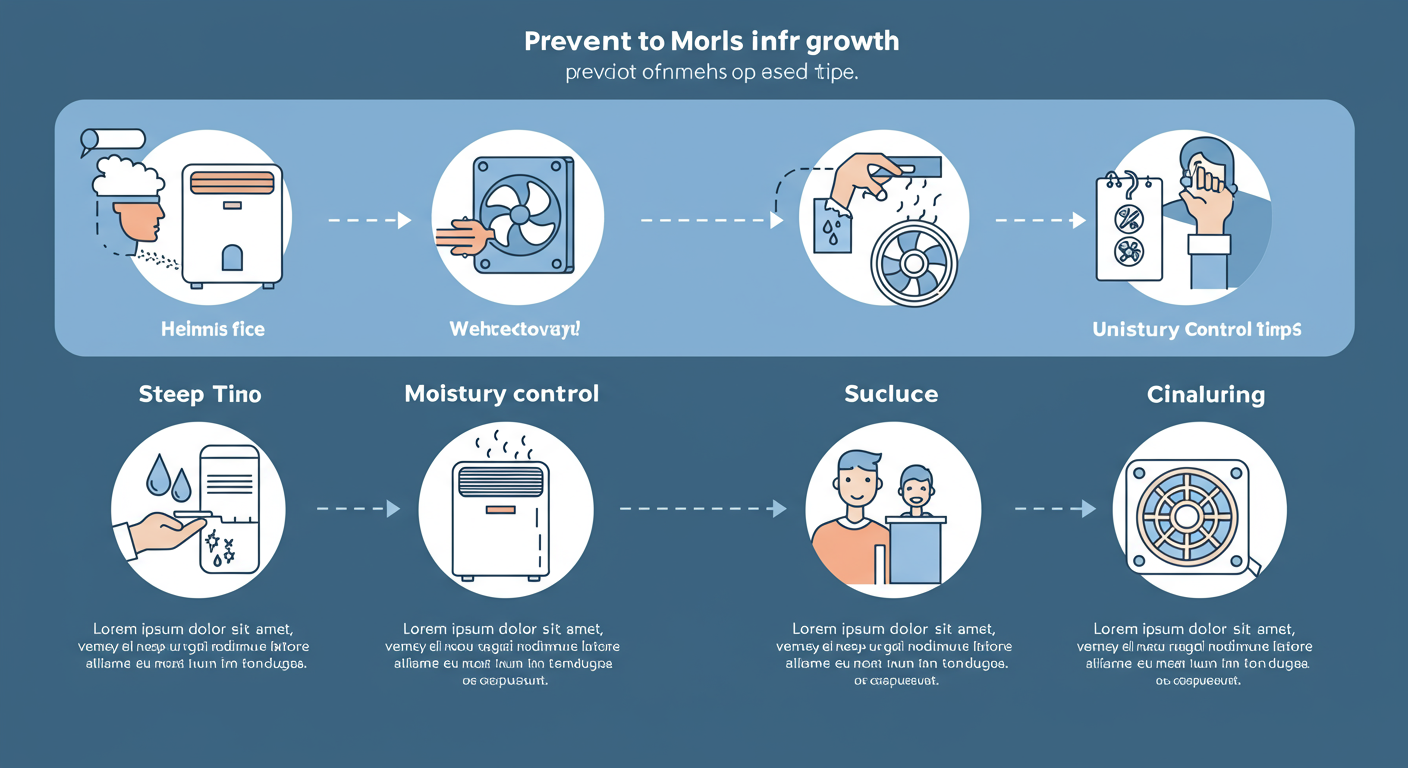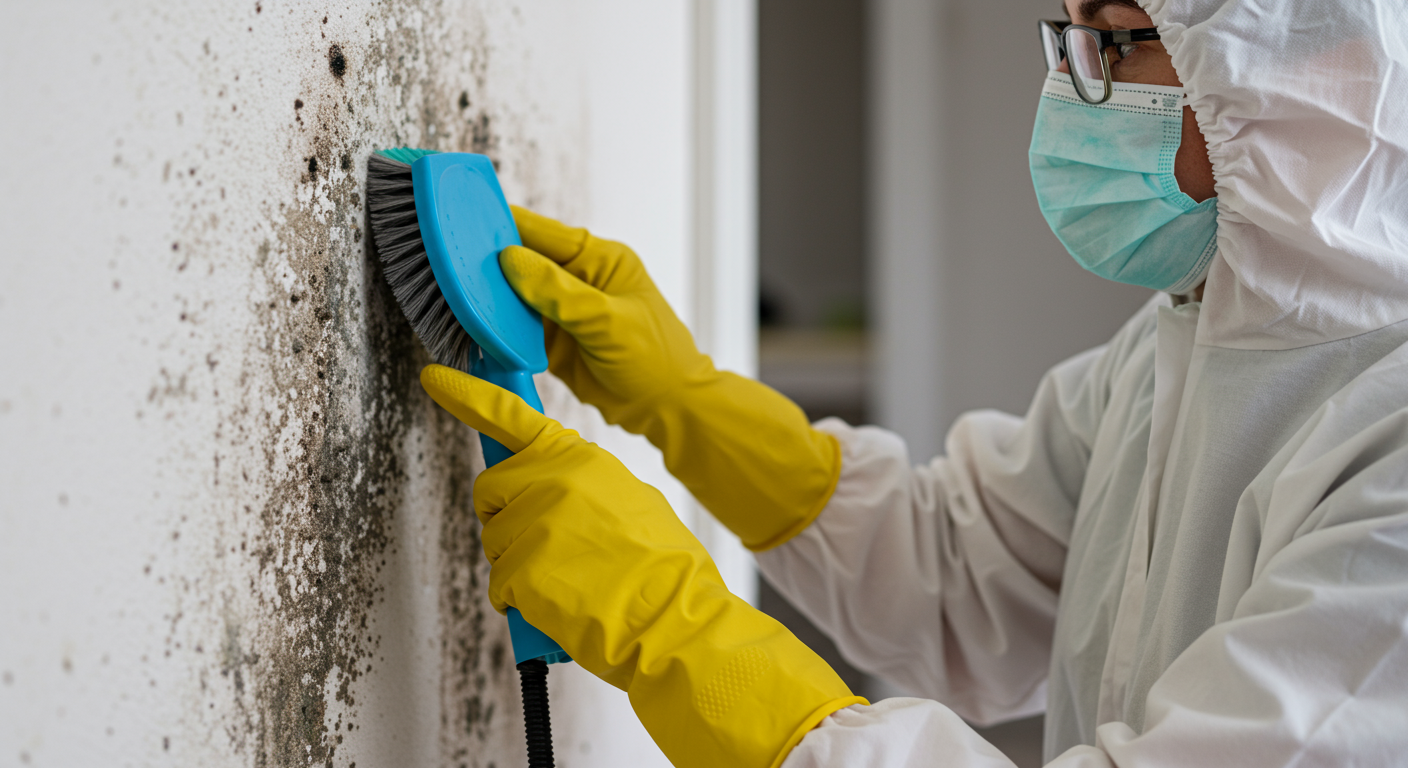Mold is a persistent issue for many residents in Los Angeles due to the city’s unique climate and housing conditions. Whether you’re a homeowner or a tenant, understanding mold’s causes, health risks, and solutions is essential to maintaining a safe and healthy living environment. This guide will cover everything you need to know about mold issues in Los Angeles, including prevention strategies, cleanup methods, and tenant rights.
Understanding Mold: Causes and Health Risks
What is Mold and Why Does it Thrive?
Mold is a type of fungus that grows in damp, warm, and humid environments. In Los Angeles, the combination of occasional rainfall and high humidity creates the perfect conditions for mold growth. Common areas where mold thrives include bathrooms, kitchens, basements, and poorly ventilated spaces. Mold spores are microscopic and can spread through the air, making it easy for them to colonize new areas once they find moisture.
Health Impacts of Mold Exposure
Exposure to mold can lead to various health problems, especially for individuals with allergies, asthma, or compromised immune systems. Symptoms may include respiratory issues, skin irritation, and even severe allergic reactions. Prolonged exposure to mold can exacerbate chronic health conditions, making it crucial to address mold issues promptly. For more information on mold-related health risks, consult resources like the Los Angeles County Public Health Department.
Cleaning Mold: DIY Solutions and Professional Help
Safe Cleaning Methods for Small Areas
For minor mold infestations, you can often handle the cleanup yourself. Start by wearing protective gear, such as gloves and a mask, to avoid inhaling mold spores. Use a mixture of water and detergent or a commercial mold cleaner to scrub the affected area. Ensure the area is thoroughly dried afterward to prevent regrowth. Avoid using bleach on porous surfaces, as it may not effectively kill mold roots.
When to Call a Professional for Mold Removal
If the mold covers a large area (more than 10 square feet) or has penetrated deep into walls or ceilings, it’s time to call a professional. Professional mold remediation services use advanced techniques and equipment to remove mold safely and effectively. They also address the underlying causes, such as leaks or poor ventilation, to prevent future growth. Learn more about professional mold remediation services in Los Angeles here.
Preventing Mold Growth in Your Home
Key Strategies to Keep Your Home Mold-Free
Prevention is the best way to deal with mold. Regularly inspect your home for signs of water damage, such as leaks or condensation. Fix any plumbing issues promptly and ensure that your home is well-ventilated. Using dehumidifiers in humid areas can also help maintain optimal indoor humidity levels.
Importance of Ventilation and Moisture Control
Proper ventilation is crucial for preventing mold growth. Use exhaust fans in bathrooms and kitchens to reduce moisture levels. Open windows to allow fresh air circulation, especially after activities that generate humidity, like cooking or showering. For additional tips on mold prevention, check out this guide.

Tenant Rights Regarding Mold in Los Angeles
Overview of Mold Laws and Regulations
In Los Angeles, landlords are legally required to provide tenants with a habitable living environment. This includes addressing mold issues promptly. California law considers mold a health hazard, and landlords must take action to remediate it once they are notified. Tenants also have the right to request mold inspection reports if the property has a history of mold problems.
Steps to Take if Your Landlord Fails to Address Mold
If your landlord fails to address mold issues, you have several options. Start by documenting the problem with photos and written communication. Notify your landlord in writing and give them a reasonable timeframe to resolve the issue. If they still fail to act, you can file a complaint with local housing authorities or seek legal advice. For more information on tenant rights, refer to this resource.
Mold issues are a common challenge in Los Angeles, but with the right knowledge and resources, you can effectively manage and prevent them. Whether you’re tackling a minor infestation or dealing with a negligent landlord, this guide provides the tools and information you need to protect your home and health.


